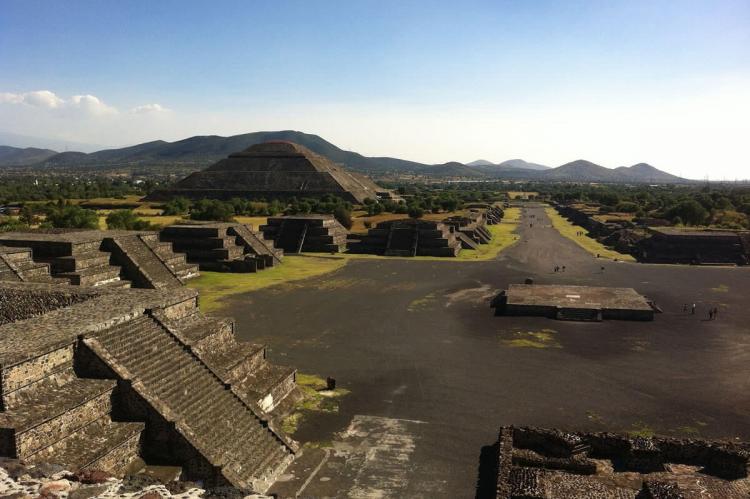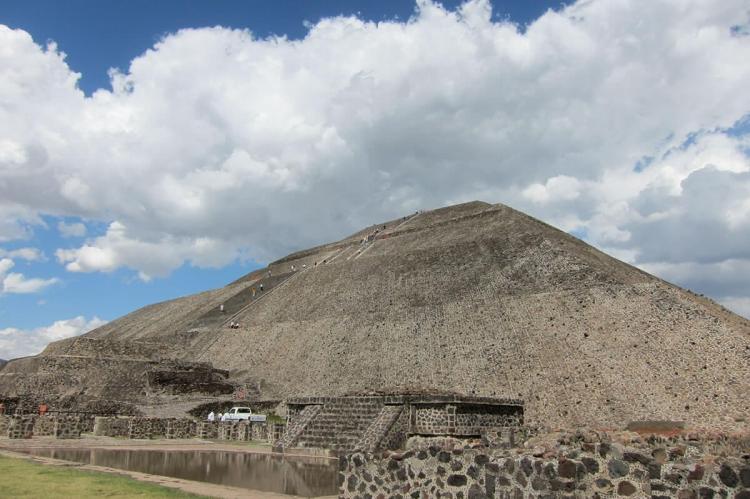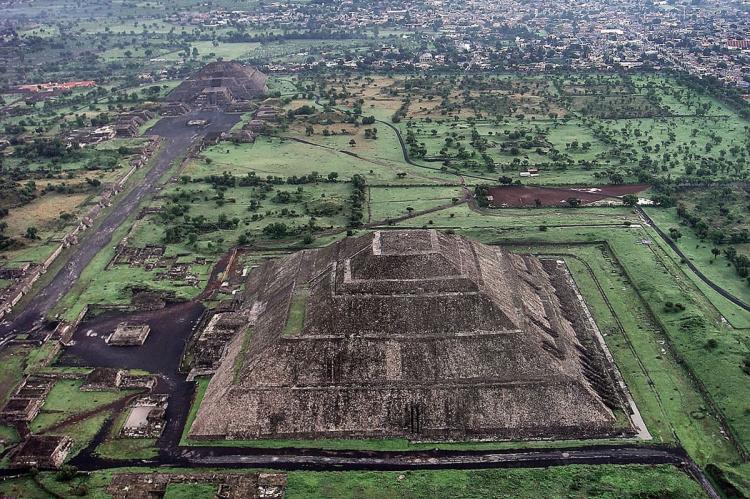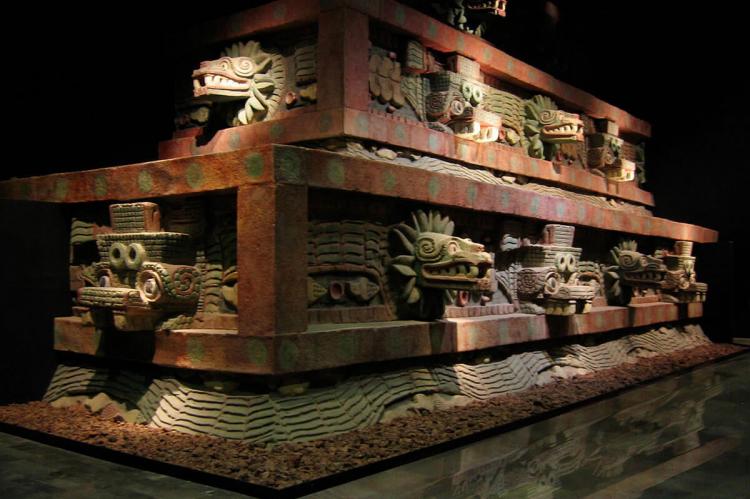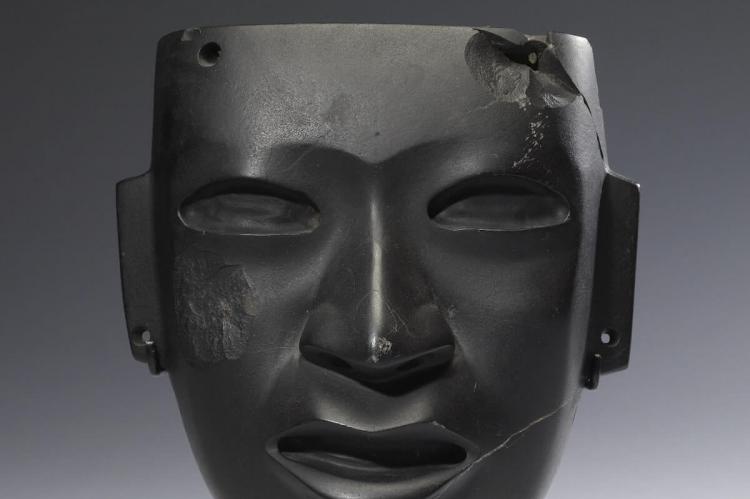Pre-Hispanic City of Teotihuacán (Mexico)
The Pre-Hispanic City of Teotihuacán is situated in the Valley of Mexico. The ancient city is home to an extensive urban complex that holds the remnants of a civilization that existed from the 1st to the 7th century AD. It is known for its awe-inspiring pyramids, grand avenues, and profound cultural legacy.
Pre-Hispanic City of Teotihuacán
The Pre-Hispanic City of Teotihuacán, located in a sub-valley of the Valley of Mexico, is one of the most iconic and influential archaeological sites in the Americas. Encompassing a vast urban complex, this ancient city holds the remnants of a civilization that thrived from the 1st to the 7th century AD, leaving behind awe-inspiring pyramids, grand avenues, and a profound cultural legacy. Designated as a UNESCO World Heritage Site in 1987, Teotihuacán continues to captivate visitors with its monumental architecture and the mysteries surrounding its rise and fall.
Teotihuacán is approximately 50 kilometers (30 miles) northeast of modern-day Mexico City. The city's strategic location made it a central hub for trade, culture, and religious practices in ancient Mesoamerica. While the exact origins of Teotihuacán remain shrouded in mystery, evidence suggests that it began as a small settlement around 200 BCE before evolving into a sophisticated urban center.
At its zenith, perhaps in the first half of the first millennium CE, Teotihuacan was the largest city in the pre-Columbian Americas. With a population estimated at 125,000 or more, it was at least the sixth-largest city in the world during its epoch. At the peak of its development, the city stretched out over 36 sq km (13.9 sq mi). The city was razed by fire and subsequently abandoned during the 7th century.
The city's most prominent structures include the Pyramid of the Sun, the Pyramid of the Moon, and the Temple of the Feathered Serpent (Quetzalcoatl). The Pyramid of the Sun, standing at over 65 meters (2103 feet) tall, is one of the largest pyramids in the world. The meticulous urban planning of Teotihuacán is evident in its grid layout, expansive plazas, and the iconic Avenue of the Dead, which served as a central ceremonial and commercial axis.
The Avenue of the Dead stretches for approximately 2.4 kilometers (1.5 miles), connecting the city's major architectural complexes. Lined with smaller platforms and structures, this grand avenue likely played a crucial role in processions, rituals, and symbolic events that defined the city's cultural and religious life.
Beyond the monumental pyramids, Teotihuacán housed extensive residential areas, revealing the city's social complexity. Neighborhoods featured multi-family apartment compounds, known as apartment complexes, where artisans, traders, and families resided. These areas provided insight into the city's inhabitants' daily life and social organization.
The city was a melting pot of diverse Mesoamerican cultures, influencing the broader region. Murals, pottery, and sculptures discovered at Teotihuacán depict religious ceremonies, mythological themes, and the city's cosmological beliefs. Notably, the symbol of the Feathered Serpent, representing the deity Quetzalcoatl, is a recurring motif in Teotihuacán's art.
One of the enduring enigmas of Teotihuacán is the mystery surrounding its decline and abandonment around the 7th century AD. The reasons behind the city's collapse remain speculative, with theories ranging from environmental factors and social unrest to external invasions. Despite its decline, Teotihuacán's cultural influence persisted, shaping subsequent Mesoamerican civilizations.
